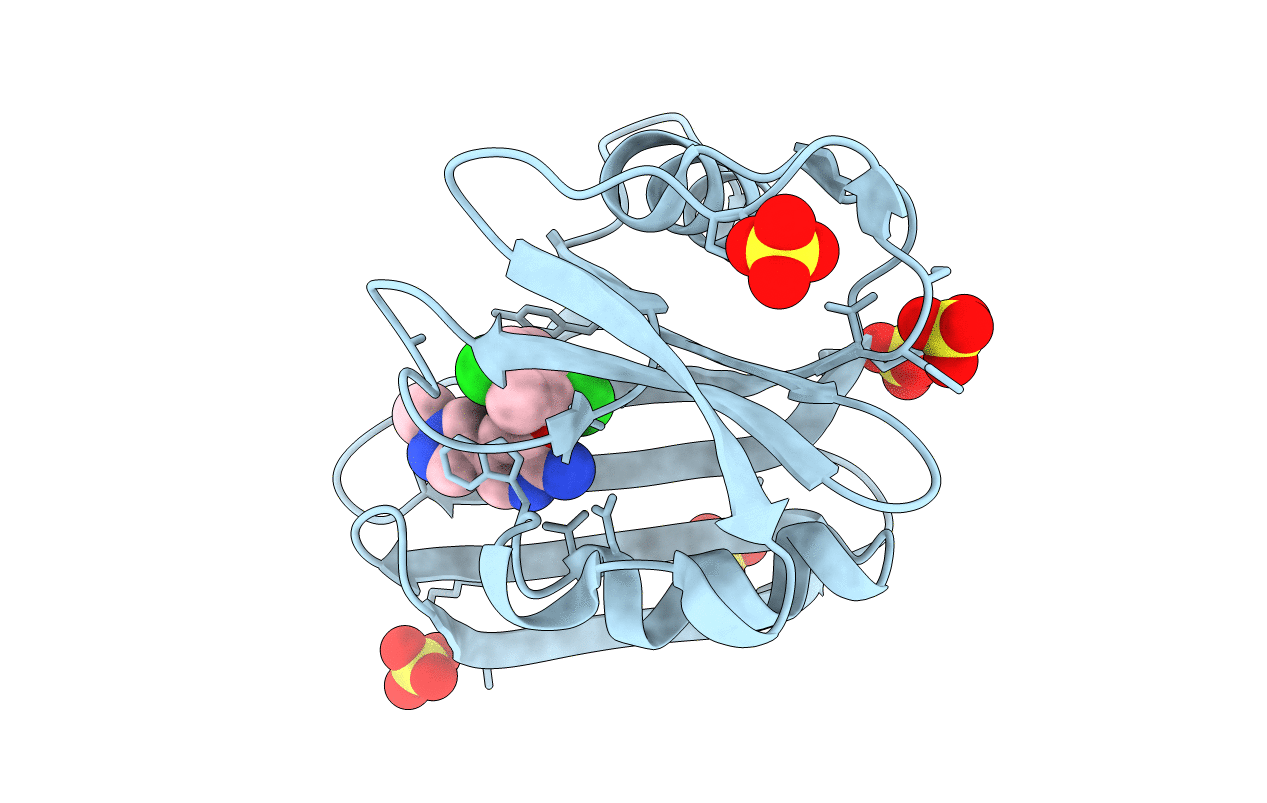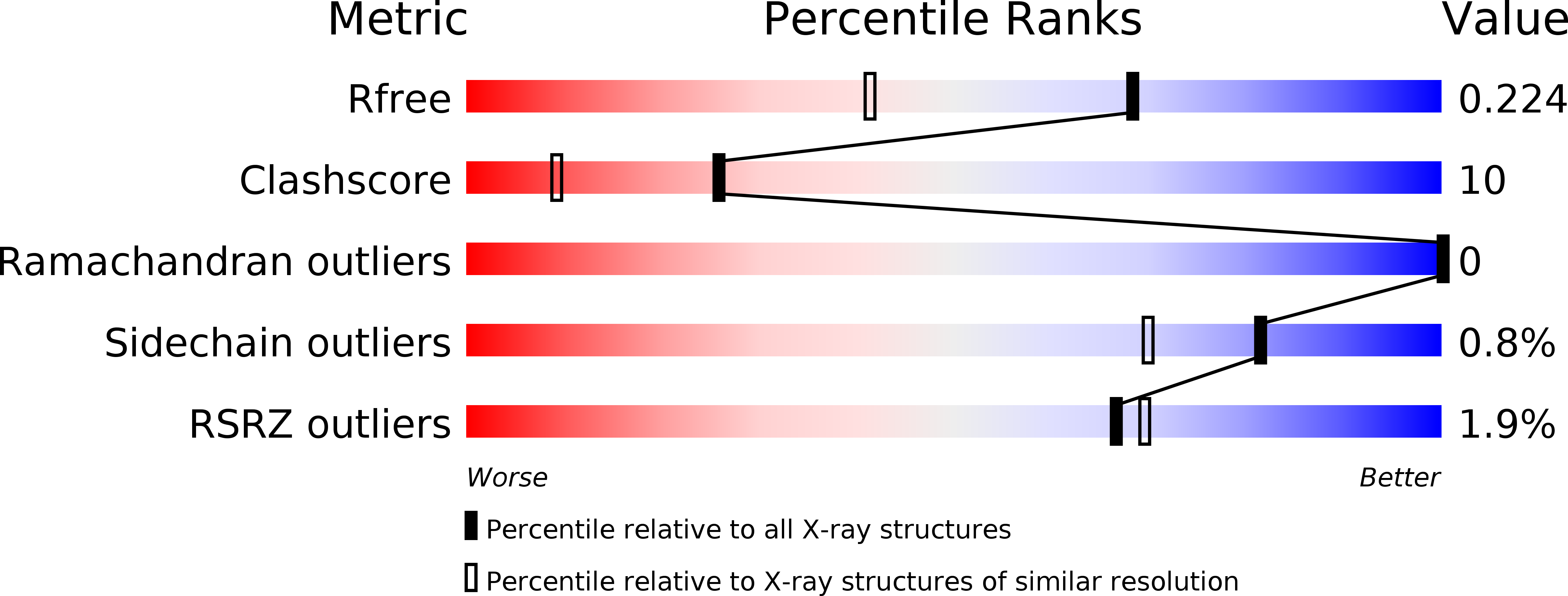
Deposition Date
2013-10-03
Release Date
2014-04-02
Last Version Date
2023-12-20
Method Details:
Experimental Method:
Resolution:
1.65 Å
R-Value Free:
0.21
R-Value Work:
0.14
R-Value Observed:
0.15
Space Group:
P 2 21 21


